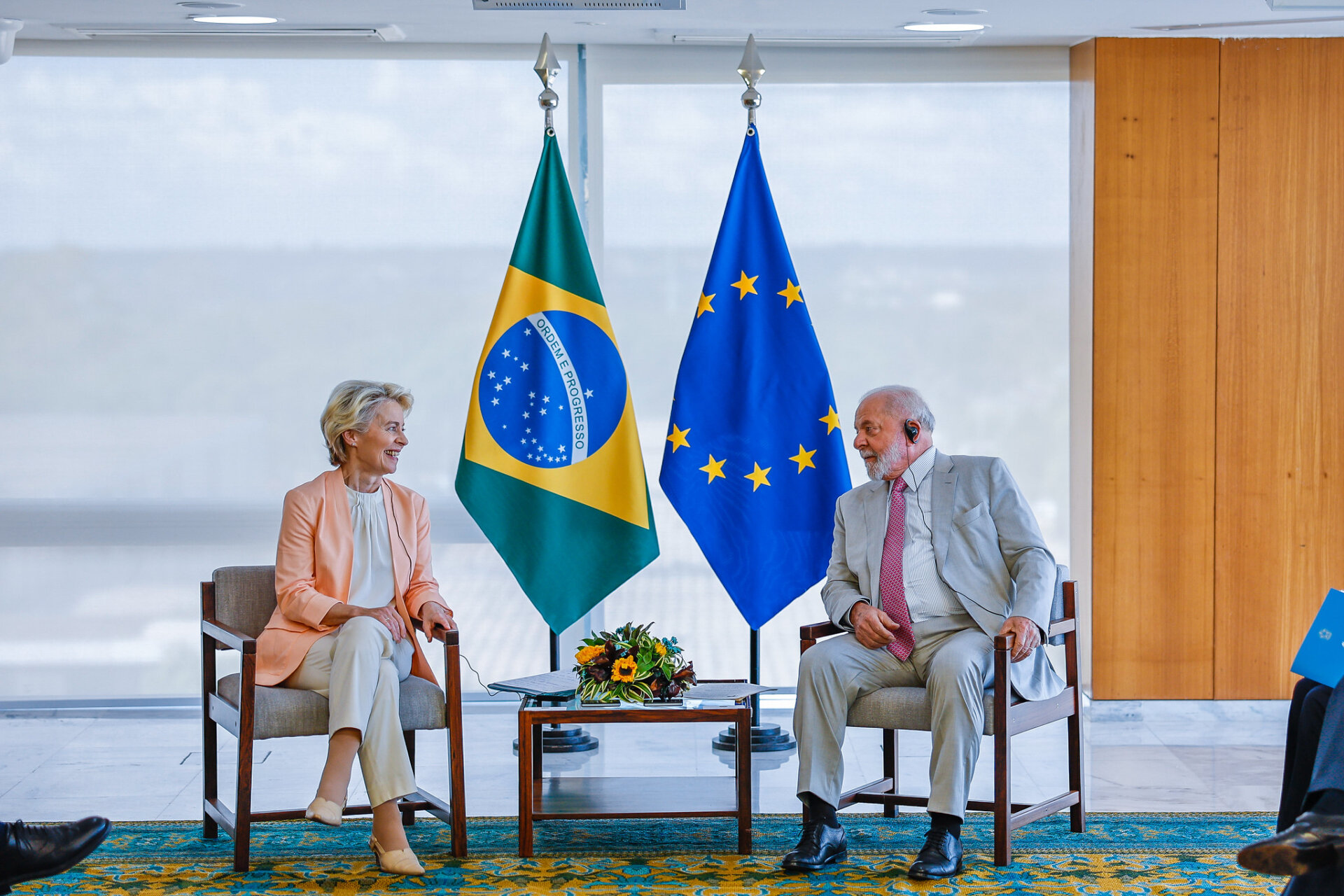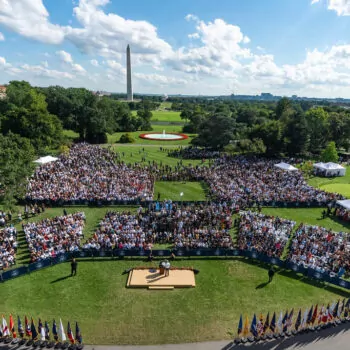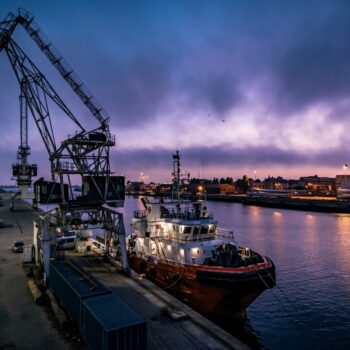President Von der Leyen announced €10 billion worth of Global Gateway investments for Latin America, with a strong focus on the green economy, during her tour of the region ahead of the upcoming EU-Latin American and Caribbean (CELAC) Summit. The Commission is hoping to defrost economic and political relations with Latin America by offering new funding and initiatives to build what it hopes is a more win-win partnership. However, if this shift is predicated on geopolitical gains for the EU, it will unlikely persuade Latin American leaders.
Context
The EU recently unveiled its vision for a partnership with Latin America. At its core are a set of modernised trade agreements with Chile, Mexico, and Mercosur. However, only the first has earned enough political traction, as concerns with the economic balance of the other deals are increasingly vocalised by Brazil’s President Lula and others.
President von der Leyen considers that current geopolitical tensions are a window to strengthen the relationship and get these deals across the line – but it remains unclear whether she will persuade Latin American partners. Back in March, the Commission proposed an additional Sustainability Instrument to the Mercosur deal. It aims to address environmentalist concerns in the EU without alienating Mercosur farmers and exporters. However, it does not proactively support Mercosur countries, so far failing to gather enough political support.
In this context, Von der Leyen put up a charm offensive in her recent trip, making positive steps towards showing how the EU can back Latin America’s transition to a green economy. However, the Commission´s approach has also exposed shortcomings in the EU’s Green Deal diplomacy toolbox.
Analysis

The announcement of a new Global Gateway investment package of €10 billion will boost infrastructure investment in the region, with a strong focus on clean energy. The announcement shows a new approach to economic diplomacy by the Commission, using Global Gateway and opportunities for clean economy cooperation to help sell its trade deals.
Indeed, modern EU FTAs can be a hard sell for emerging economies. Their focus on liberalisation can limit governments´ policy space to climb to higher value-add positions in global value chains, including in cleantech sectors. Recent moves by Mexico to retain the value of its critical minerals or Brazil´s ambition to use public procurement to support local industries are key to their hesitation towards the EU deals.
To compensate, the EU needs to offer an attractive support package that contributes to the region’s clean economy transition. The Global Gateway announcements are a step in the right direction. However, they fall short of what is necessary.
Firstly, they are biased towards facilitating Latin American exports of raw commodities to Europe. The region has over 60% of clean power and is also rich in critical minerals like lithium. These can sustain new clean industries in Latin America, from manufacturing cleantech components to producing green steel and chemicals. The EU’s offer instead focuses on securing exports of unprocessed minerals and clean hydrogen to Europe.
In the short term, this might satisfy EU industries’ immediate needs for energy carriers and raw minerals. However, addressing the region’s structural dependence on exporting commodities and helping them win a larger stake in clean value chains can build a more stable, win-win partnership in a volatile world.
Secondly, the package is too small to compensate the other EU asks. The €150 billion earmarked for Africa dwarfs the €10 billion package for Latin America. The EU can pull other levers to provide more long-term, affordable financing to Latin America’s clean economy. EU export credit agencies can, for example, help integrate Latin American suppliers in global cleantech value chains. Concessional climate finance and EU development aid can also be steered towards this objective. The EU could also support recent proposals by Colombia, France and others to assess the impact of debt on countries’ capacity to transition.
Lastly, while the EU’s new approach is welcome in general, outdated priorities still have a lot of sway. Going forward, its approach to trade negotiations must significantly shift to ensure climate action becomes a core goal for trade, not just a point of conditionality. Calls from climate-ambitious leaders like Lula to reconsider the economic balance of these FTAs should be heeded. Similarly, continued EU support to new fossil fuel projects like Vaca Muerta in Argentina undermines efforts to anchor the partnership in the clean economy.
The upcoming EU-CELAC Summit is an opportunity for EU leaders to breathe new life into this partnership, leaving behind old approaches.


